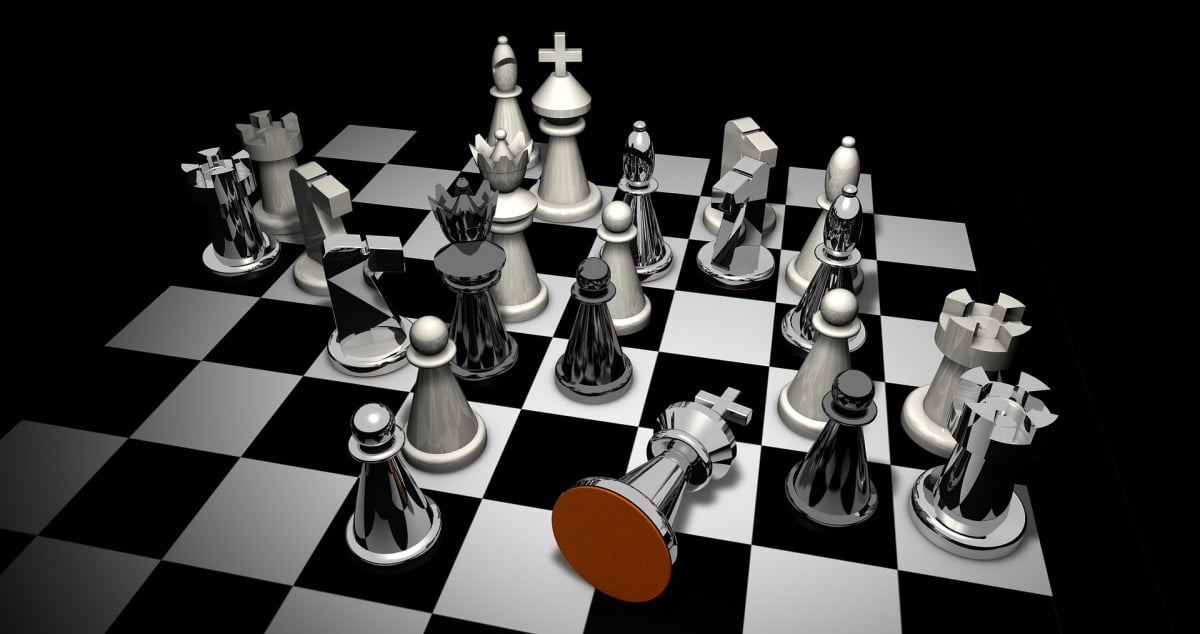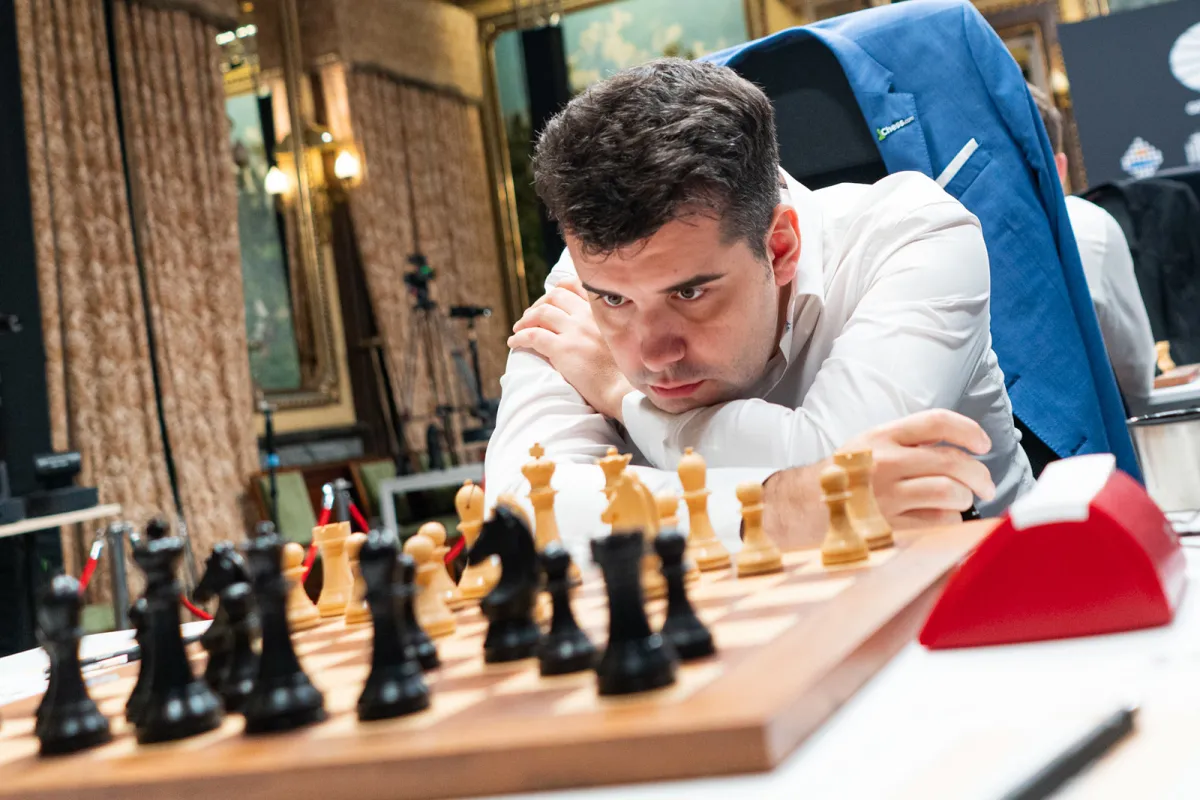There are many different ways to deliver checkmate in the game of chess, but one of the most visually striking ones of them is the famous epaulette mate, where the king is blocked by two friendly pieces on the side of the board, allowing a lone queen to finish off the game, potentially without any protection whatsoever.
The epaulette mate is often illustrated with rooks, since those are the pieces that are most often seen flanking the king in an attempt to protect it. (This is also where the name comes from: epaluettes are the ornamental shoulder pieces seen on older military uniform designs.) It also makes for the most dramatic of examples.
Here are two sample setups seen in a compendium of problems collected by László Polgár, where White can deliver checkmate in one move, both showcasing a variation on the epaulette mate:

First up, the king offers a helping hand. Qe7# would, of course, be checkmate even without the enemy rooks on the board, since the queen is protected and the Black king would have no square to escape regardless.

However, as we will see below, the queen is actually more than capable of delivering this sort of a checkmate all by herself: all it takes is to approach from a slightly different square and to maintain a one-square distance from the king.
Though it is rare, sometimes the Epaluette checkmate pattern even shows up in the highest levels of play. In the 2004 Corus tournament in Wijk aan Zee, the then-thirteen-year-old Magnus Carlsen defeated Sipke Ernst in Group C with an unusual version of the setup:

Here, White delivers checkmate from the side with a rook on g3 taking care of the extra three potential escape squares.







Published: Dec 28, 2022 07:07 am